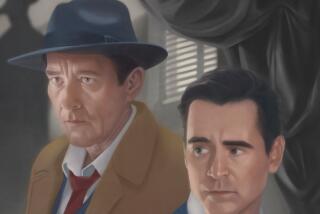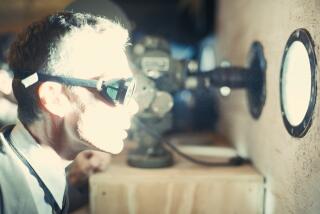Sugar, 1.2 Kilotons, Nevada
- Share via
9 a.m. Nov. 19, 1951
*
Sugar was the code name for one of the first atomic bomb blasts conducted at the Nevada Proving Ground about 65 miles from Las Vegas. The 1.2-kiloton yield produced by nuclear fission on this occasion was relatively low-level, at least in comparison with the hydrogen bombs employing nuclear fusion that would be exploded later at Enewetak and other Pacific islands. Setting off this bomb only a few feet above ground level did have some dramatic results, however. One was to lift 50,000 cubic feet of vaporized, irradiated soil 11,000 feet into the atmosphere.
I know all this because San Francisco-based photographer Michael Light tracked down every government photograph of the nuclear-test program he could find in the public domain and published a selection of them in a 2003 book titled “100 SUNS.” The 1352nd Photographic Group that made most of the images was stationed in Hollywood, in order to keep up with developments in picture-taking technology.
Light’s own recent photographs show how powerfully the documentation he uncovered has affected him. His series Some Dry Space is of the Western desert shot from a low-flying plane. It’s what you might call a bomb’s-eye view of the sort of terrain where the nuclear detonations took place.
More to Read
Sign up for Essential California
The most important California stories and recommendations in your inbox every morning.
You may occasionally receive promotional content from the Los Angeles Times.













